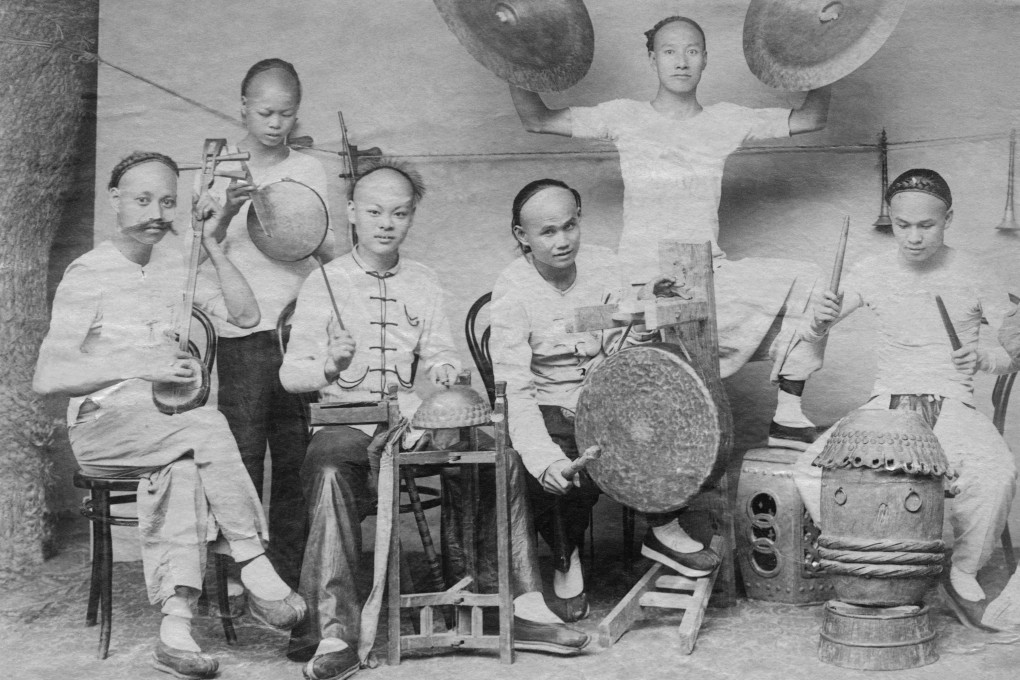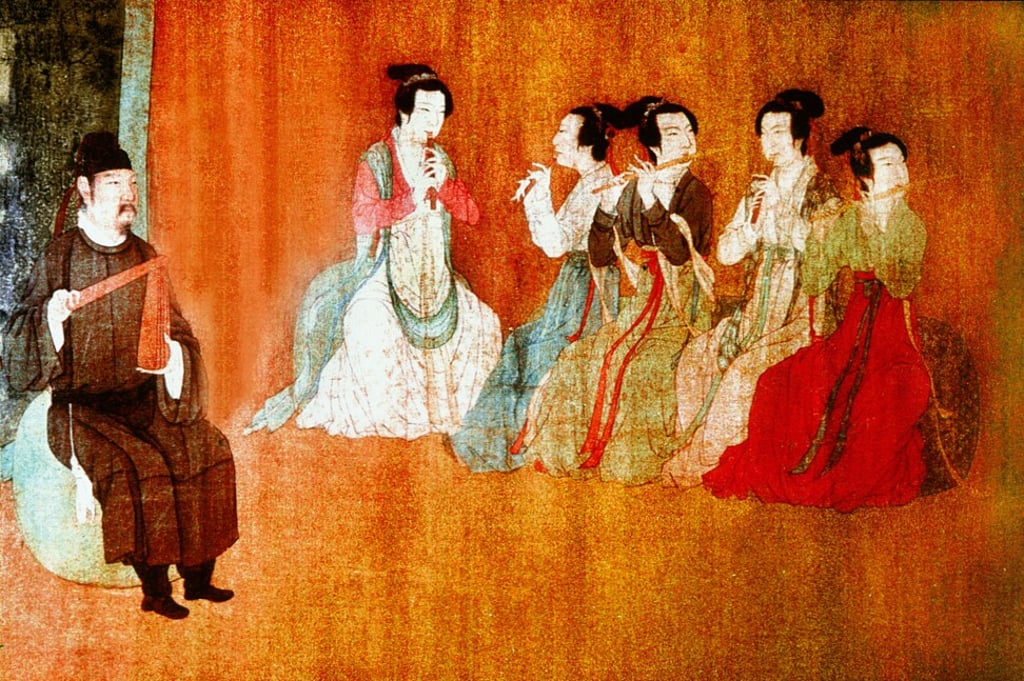Reflections | China has a rich musical history full of foreign influences, so why do so many contemporary pop stars choose covers?
- Other peoples and cultures have made a significant impression on the country’s musical output
- However, wholesale copying has become common in recent years – where is the originality?

I heard the Chinese song Shamo Luotuo (“Desert Camel”) more than a few times in Shenzhen recently and it has grown on me. Performed by a duo who call themselves Rabbit Bros in English (“Zhanzhan and Luoluo” in Chinese), the song was first released online in June 2017 and later included as a track in an EP in December 2018. To my untrained, layman’s ears, the folk-rock number with the infectious hook gives a refreshing contemporary take on what might be called a “Chinese sound”.
I am partial to originality in music, which is why I am perhaps unfairly dismissive of Hong Kong’s Canto-pop because in its heyday in the 1980s and 90s, many of what passed for local pop songs were cover versions of English and Japanese hits with Cantonese lyrics. Canto-pop fans were not aware – or maybe they didn’t care – that their favourite songs were shameless, albeit properly attributed, rip-offs.
However, is there any shame in borrowing musical influences from foreign lands? After all, the Han Chinese adopted foreign music and instruments and made them their own. The ancient Chinese already had a highly developed musical tradition by the Zhou dynasty (1046–256BC), whose royal court music became the standard for formal music in subsequent dynasties. For the ancient Chinese, “ritual and music” (liyue) were the hallmarks of a civilised people.


